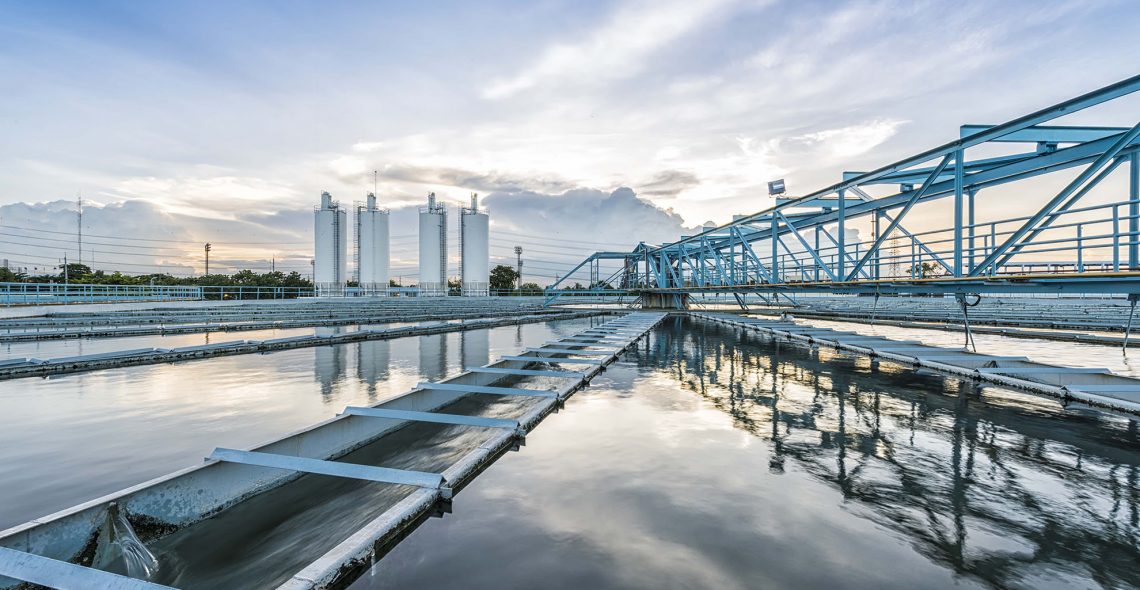Independently chaired working group is developing a common set of standards for installing fibre in the sewers, which will also enable wastewater network monitoring technology
LONDON, UK, 3 March 2020 Neos Networks, one of the UK’s leading connectivity providers today announces they have launched an independently chaired Technical User Group (TUG) that has brought together five of the UK’s leading water companies, created to develop consistent guidelines for installing fibre in the sewers.
The news comes at a time when there is currently no existing agreed-upon standard for deploying fibre in the sewers that ensures minimal disruption to the sewer infrastructure, the water company’s customers and the public.
A smarter future
Water utility companies provide an essential public service by taking away and treating millions of litres of wastewater every day. The UK contains hundreds of thousands of miles of sewers across the country, some dating back to the Victorian era, their performance is vulnerable to external threats like heavy rainfall and blockages. Real-time data on wastewater flows will help to improve services to customers and protect the environment.
Neos Networks’ Fibre in the Sewers (FiS) programme runs fibre through existing infrastructure in dense metro cities to improve connectivity, while avoiding costly and disruptive dig sites. It includes the development of pioneering technology, that has the capability to transform passive sewerage systems into smart wastewater networks. Enabling water companies to identify problems earlier in order to reduce the potential for flooding and pollution.
Neos Networks is working with major water utility companies to agree a common set of standards that will improve the connectivity ambitions of both businesses and consumers, as well as enabling the water utilities to further improve services to their customers.
The TUG will regularly convene to enable water companies to exchange technical information for the purpose of creating specifications and codes of practice relating to the deployment of telecommunications ducts and fibre optical cables within sewer pipes.
By major water utility companies agreeing on consistent standards, fibre can be laid more quickly across the country and cutting-edge network monitoring technology can be installed at the same time. This set of standards will help Mobile Network Operators (MNOs) to deploy 5G services (supported by Neos Networks’ infrastructure) quicker, more efficiently and potentially at a lower cost which ultimately helps facilitate and accelerate the wider roll out of 5G across the country. Neos Networks will also be able to monitor its network in real-time, meaning technical teams can respond to issues faster, resulting in more reliable networks.
Sector Director for Energy and Utilities at Neos Networks, Paul Clark said: “To advance the UK’s digital ambitions and drive forward the smart cities of the future, we are rolling out a number of large infrastructure projects to improve nationwide connectivity. We understand that it’s a critical requirement to keep disruption to a minimum when working on such projects, so we are maximising the use of existing assets including the sewer network to lay fibre. This has helped keep costs down and eventually will enable the real-time monitoring of water flow activity, ensuring strong, lasting relationships with some of the UK’s leading water and sewerage companies.
“By establishing the TUG we have brought some of the key players into one room to agree a common set of standards, that not only enable us to further develop our connectivity offerings via the sewer, but also deploy cutting edge monitoring technology. This technology will help these providers monitor the flow of sewage, and better manage their infrastructure, which will futureproof them for years to come.”
Paul Kerr, Managing Director of Scottish Water Horizons, a member of the TUG, said: “Scottish Water has 32,000 miles of wastewater pipes throughout Scotland. It makes perfect sense to utilise this vast infrastructure in order to help enable telecommunications, reduce disruption to our customers and the environment, and support smart networks to provide real-time monitoring.
“With most of us using the internet and our mobile phones on a daily basis, there is a constant demand for increased and improved communications infrastructure. By using the existing sewer network, we can support Neos Networks in their development of a set of standard specifications to support the deployment of fibre in the sewer network, whilst ensuring that the Scottish Water network is protected.”
Wayne Earp, Independent Trustee and Consultant of WFE Consulting, Chair of the TUG, said: “As the industry looks to achieve smarter, more efficient operations, working closely with connectivity providers such as Neos Networks to turn passive sewerage systems into intuitive wastewater networks, has become a key requirement.
“Although fibre in the sewers is no new concept, the TUG was established to bring key stakeholders from across the industry together to agree on consistent standards for this process, and share knowledge. This will make laying fibre quicker, while also enabling the deployment of cutting-edge network monitoring technology, helping to reduce wastage, flooding and driving forward a better customer experience.”
“To advance the UK’s digital ambitions and drive forward the smart cities of the future, we are rolling out a number of large infrastructure projects to improve nationwide connectivity. We understand that it’s a critical requirement to keep disruption to a minimum when working on such projects, so we are maximising the use of existing assets including the sewer network to lay fibre. By establishing the TUG we have brought some of the key players into one room to agree a common set of standards, that not only enable us to further develop our connectivity offerings via the sewer, but also deploy cutting edge monitoring technology”
Paul Clark, Sector Director for Energy and Utilities at Neos Networks






